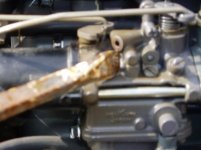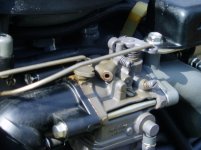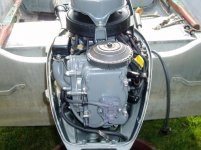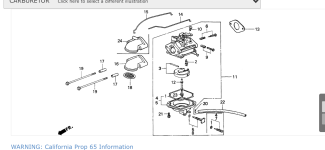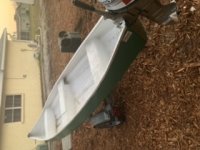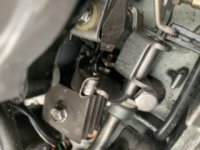8horsepowerhonda
New member
I just looked at a honda 8hp horsepower for $700.00.... got it fired up but there are the high speed /low speed ports, and right by where if you were to pull the choke out there is a pin hole(there are no threads, but it looks like maybe something was there before.... its definatly suppost to be there, but im not sure if anything is suppost to be in it.. but its pissing out gas.. started up fine, but seems to be flooding itself. im new to motors and just wanna get on the water...., any help would be amazing... and id take ya out fishin on the bay of quite!!!
Jay
Jay


